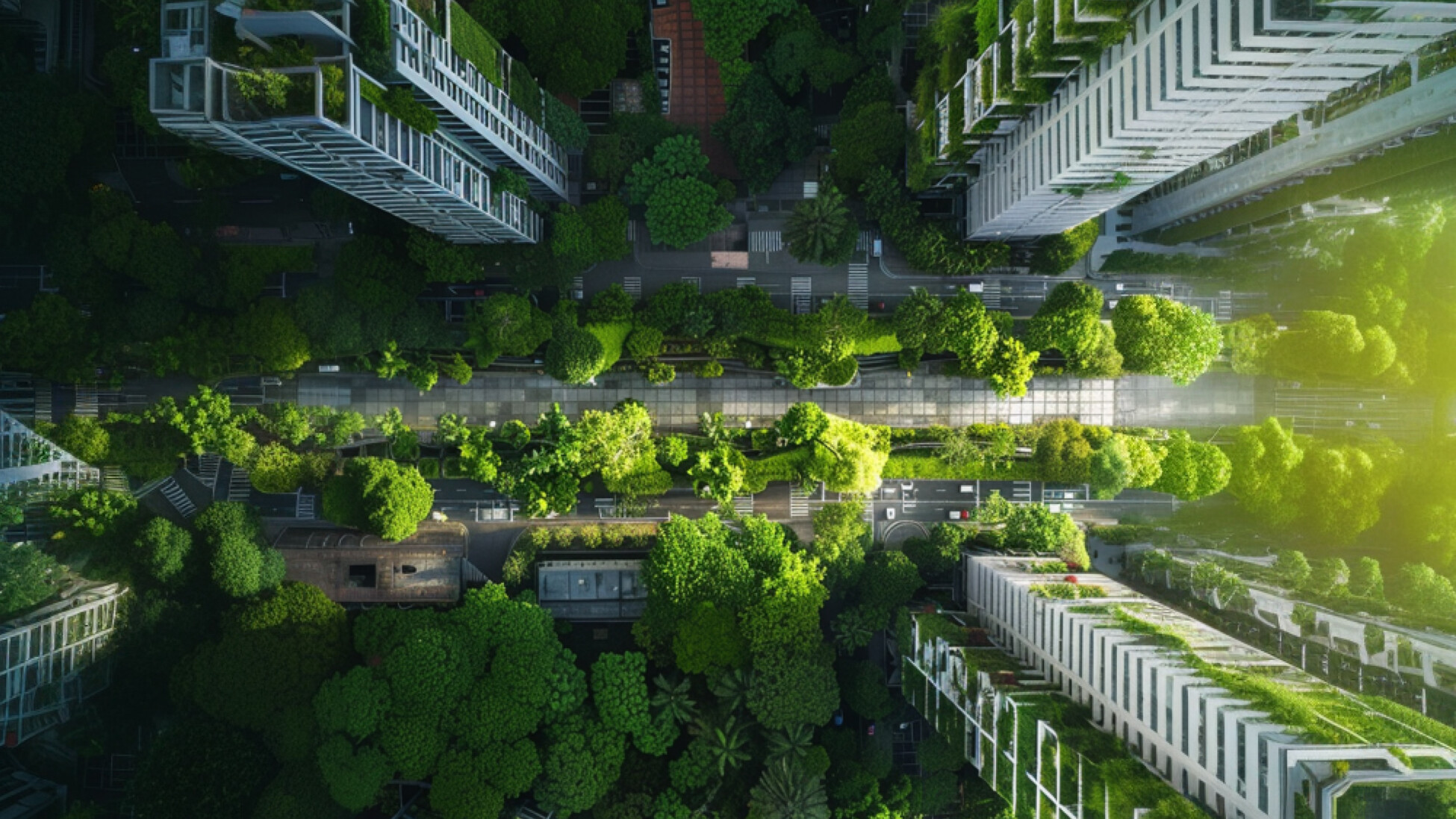Endrit Marku: HM of the Re-Draw.05

+ Endrit Marku 🇦🇱
Honourable Mention of the Re-Draw.05: Nakagin Capsule Tower
Portfolio: https://www.non-a.com/members/endmark/portfolio/
Instagram: https://www.instagram.com/endritmark/
1) Could you briefly introduce yourself?
I am an architect and lecturer, based in Tirana, Albania, experienced in different scales of the design process from planning and urban design to architecture projects. I am a researcher as well, working mostly on topics related to the semiotics of the architecture form and space, with a particular focus on the role of authority and stakeholders in shaping the environments of our everydayness.
I draw a lot. My drawing methodology is intrinsically architectonic, inspirational too, and informed by my work. The process of drawing is juxtaposed to most of my activity, from conceptual diagrams initiating a project, sketches of particular places that later on will help in the characterization of a design, or graphical storytelling of phenomena that at some point will evolve in complex written essays.
2) What inspired you for the Re-Draw.05?
Nakagin Capsule Tower was a short-lived building considering its relevance. My work sees it in an alternative existence, as a structure fully lived by its inhabitants, always adapting to their needs and tastes.
Among other things I was inspired by the city I live in, Tirana, and the radical interventions made by people on the residential blocks built during communism. These cheap and supposedly rigid boxes are still there, at least for now, changed and inhabited while the radical tower in Tokyo is no more.
It seemed interesting to juxtapose the reality of my city to Nakagin Capsule Tower, a building which became a monument worshiped by architects more than the dynamic building it was supposed to be, that worked as it was supposed to only during its final dismemberment.
3) Can you describe any particular challenges you faced during the design process and how
you overcame them?
The process was quite straightforward, I was able to mentally visualize the drawing the moment I read the brief. The topic immediately catched my attention.
It was difficult to find a balance between the orderdered and rigid form of Kurokawa’s building and the new informal changes I wanted to inflict on it. The alterations had to be visible enough but not too much by compromising the recognisability of the original subject.
Working in the background was quite uneasy as well. I opted for a Japanese traditional settlement, a man made example of perpetual organic transformations systemically metabolizing new spaces, nature, additions and aging parts. The thought was important to the narrative, but difficult in terms of perception. It gave to the drawing a strange picturesque feeling, in odd contrast to the more cyberpunk tower.
Contrasts at the end are good as they add more layers of complexity to the all.
4) How do you think your educational background or professional experiences influenced your winning design?
I studied in Rome, history related subjects were important and definitively had an influence. We learned to see beauty in a brutalist building and wonder in the stratification of older constructions. Let’s say that thanks to our formation as architects we are used to seeing through a Social Housing neighborhood and Diocletian’s Palace with the same amount of curiosity.
In terms of professional experiences I would underline design processes focused on existing building, additions attached to them. I can’t say that I prefer this type of intervention, but certainly you learn a lot from them. At the end my drawing is pretty similar, it builds over a palimpsest.
5) What advice would you give to students or young professionals looking to excel in architecture competitions?
Choose the competitions that inspire you, starting from the topic. They are different from commissioned works where getting the job done and pleasing other parties are the priority. Competitions are mostly about yourself, personal growth while enjoying the process, about experimenting, provoking and going beyond normative boundaries. An inspirational topic, an enjoyable process, cultivated skill and a bit of talent are usually a good formula for success.
Good observation skills and knowledge that comes from reading texts that go beyond the field architecture are of great help in building interesting narratives for your works. At the end don’t overdo, bring complexity through immediateness, Try to be subtle more than descriptive.
6) What are your future aspirations in the field of architecture?
Focusing on quality rather than quantity. Drawing and writing as much as possible on topics related to the socio-political aspects of the city and architecture. Designing, contained but meaningful buildings. Live by doing the things I love.




Responses